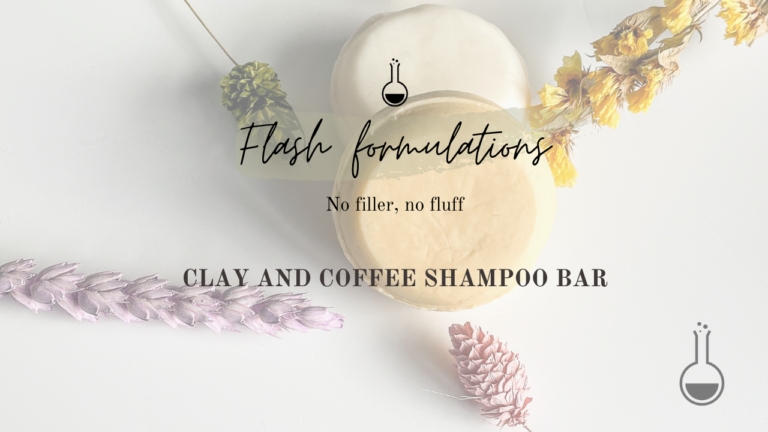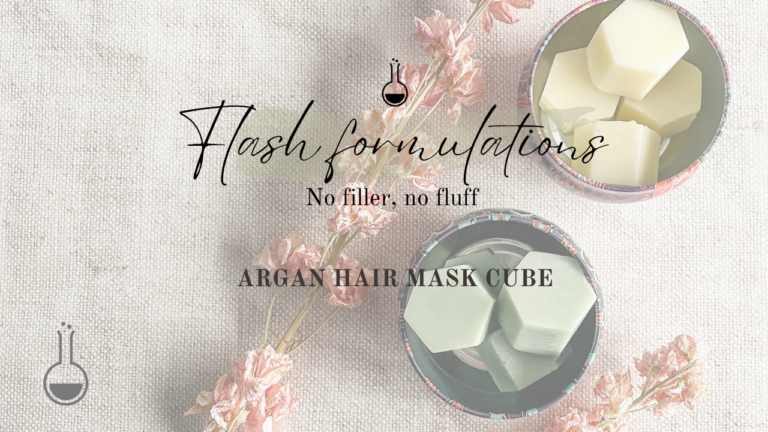ASTAXANTHIN IN NATURAL SKINCARE

Table of Contents
DISCOVER THE BENEFITS OF ASTAXANTHIN IN NATURAL SKINCARE
Astaxanthin is a potent antioxidant derived from algae and marine sources. In this guide, we will explore the wonders of Astaxanthin and how to incorporate it into your natural skincare formulations for optimal results.
WHAT IS ASTAXANTHIN & HOW IT CAN BENEFIT YOUR SKIN?
Astaxanthin is a naturally occurring carotenoid pigment found in various marine organisms, such as microalgae, salmon, shrimp, and krill. This powerful antioxidant decreases oxidative stress by reducing the generation of reactive oxygen species (ROS) and free radicals, which, in turn, helps prevent protein and lipid oxidation, inflammation, and DNA damage. Compared to vitamin E, it demonstrates greater efficiency. Moreover, Astaxanthin has the added benefit of rejuvenating damaged skin, restoring it to its optimal condition.
TOP 5 BENEFITS OF ASTAXANTHIN IN SKINCARE
Astaxanthin, a naturally occurring antioxidant, has been found to have impressive benefits for the skin. Not only does it protect and hydrate the skin, but it also helps to reduce inflammation and improve skin texture. In fact, recent studies have shown that it can even minimise sun damage. However, it is important to note that while astaxanthin is a valuable addition to any skincare routine, it should never be used as a replacement for proper SPF. So, if you’re looking to give your skin an extra boost of nourishment and protection, adding astaxanthin to your daily regimen may be just what you need.
HOW TO FORMULATE WITH ASTAXANTHIN IN NATURAL SKINCARE FORMULATIONS
Dosage and Stability: Astaxanthin, generally obtained by supercritical CO2 extraction, should be used in concentrations between 0,01-0,05%. Most often, it is sold as a 5% concentration in an oil base. It makes your formula very orange, so remember to use it carefully. Store formulations in dark, airtight containers away from direct sunlight to preserve their potency.
Synergistic combinations: Combine Astaxanthin with other antioxidants like vitamin E, green tea extract, or coenzyme Q10 to enhance its effectiveness and create a robust defence against oxidative stress.
Emulsions and serums: Astaxanthin can be incorporated into emulsions and anhydrous formulations for easy application and absorption into the skin.
Avoiding high temperatures: Use low-temperature methods to avoid antioxidant degradation when formulating with Astaxanthin. Add Astaxanthin to your formula in the cool-down phase or, in other words, under 40°C.
USING ASTAXANTHIN FOR VARIOUS SKIN CONCERNS
Astaxanthin is an incredibly beneficial ingredient that can be found in a variety of skincare products. It is particularly useful for anti-ageing, providing protection from harmful UV rays, and catering to the needs of sensitive and dry skin. This powerful antioxidant boasts a wide range of properties that contribute to its effectiveness. Not only does it protect against the damaging effects of the sun, but it also has anti-inflammatory properties that help to calm and soothe the skin. Additionally, it provides excellent hydration, keeping the skin moisturized and healthy-looking. Overall, incorporating skincare products that contain astaxanthin can greatly enhance the overall health and appearance of your skin.
CONCLUSION
Anti-ageing and beyond, Astaxanthin is your ally in creating the best natural skincare formulations, catering to beauty-conscious consumers seeking safe and effective products. We have a lovely gel lotion using Bakuchiol and Astaxanthin within our blog, please make it.
Timi
FURTHER READING
- Suganuma, K., Nakajima, H., Ohtsuki, M. and Imokawa, G., ‘Astaxanthin attenuates the UVA-induced up-regulation of matrix-metalloproteinases-1 and skin fibroblast elastase in human dermal fibroblasts’, Journal of Dermatological Science, vol. 58, no. 3, 2010, pp. 136-142.
- Tominaga, K., Hongo, N., Karato, M. and Yamashita, E., ‘Cosmetic benefits of astaxanthin on human subjects’, Acta Biochimica Polonica, vol. 59, no. 1, 2012, pp. 43-47.
Tominaga, K., Hongo, N., Karato, M. and Yamashita, E., ‘Cosmetic effects of astaxanthin for various types of skin deterioration’, Carotenoid Science, vol. 13, 2009, pp. 22-28.




